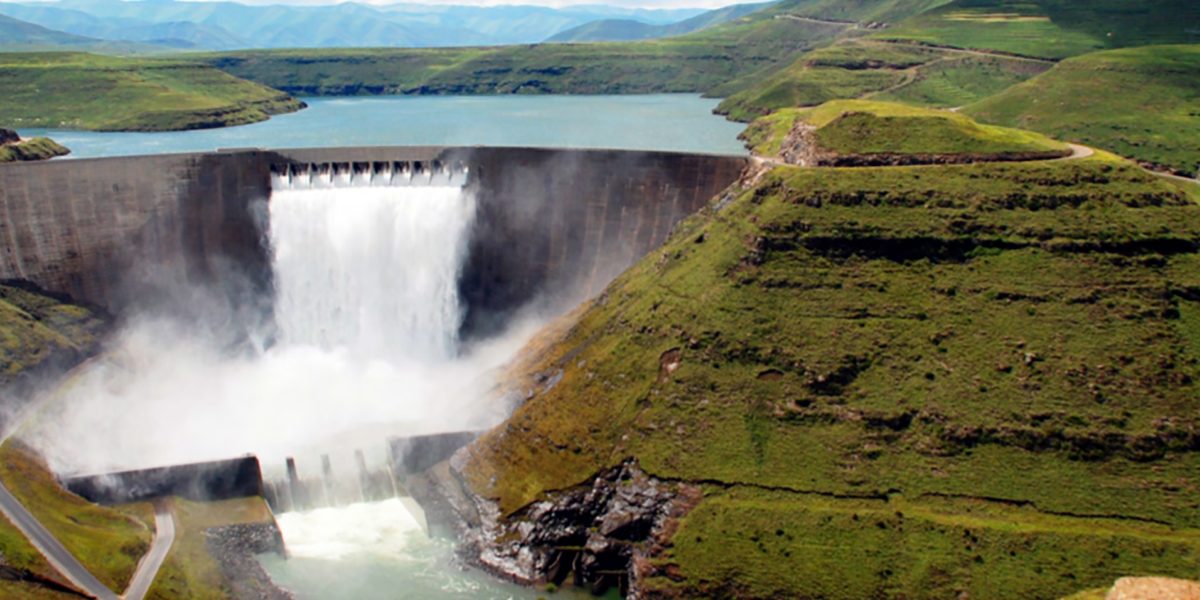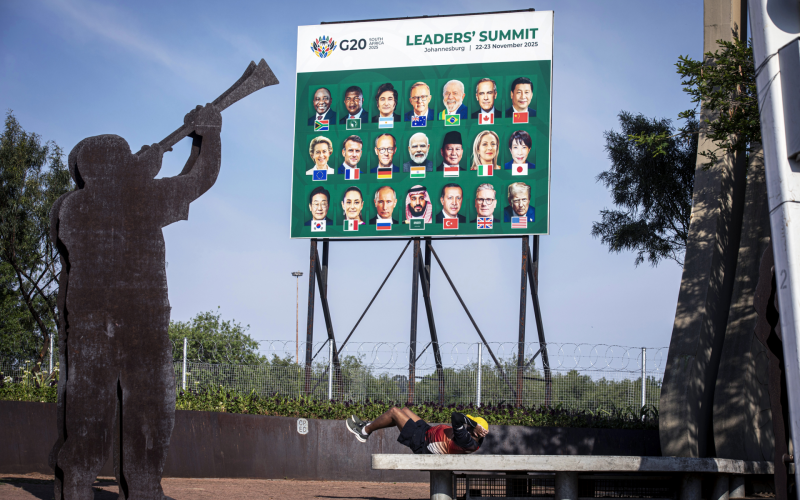Infrastructure development, as an enabler of economic growth and catalyst for poverty alleviation, is an integral part of the economic development agenda of most African developing countries. New estimates by the African Development Bank suggest that the continent’s infrastructure needs amount to $130–$170 billion a year, with an annual financing gap of between $67.6 and $107.5 billion.
The lack of financing for the enormous infrastructure deficit that countries face has been exacerbated by rapid urbanisation, the global economic slowdown, rising debt levels, climate change and the commitments that governments have made to the achievement of the Sustainable Development Goals (SDGs). African governments’ public finances are insufficient to address this deficit without additional inputs.
In Southern Africa there has been ongoing discussion about establishing an infrastructure financing mechanism to support the region’s ambitious industrialisation plans. In 2017 SADC decided to operationalise the long-anticipated SADC Regional Development Fund (RDF).
The authors of this paper consider the focus placed on infrastructure development in SADC via various global, continental and regional infrastructure plans and initiatives, and analyse the implementation of these plans. The challenges at each stage of the infrastructure pipeline in SADC are explored, drawing on current financing mechanisms. The typical shortcomings in addressing early stage project development – from project conceptualisation to feasibility decisions – are also highlighted as critical stages that require concentrated effort, technical expertise and stakeholder inputs. Finally, proposals are set out for the focus and ultimate operationalisation of the SADC RDF.








